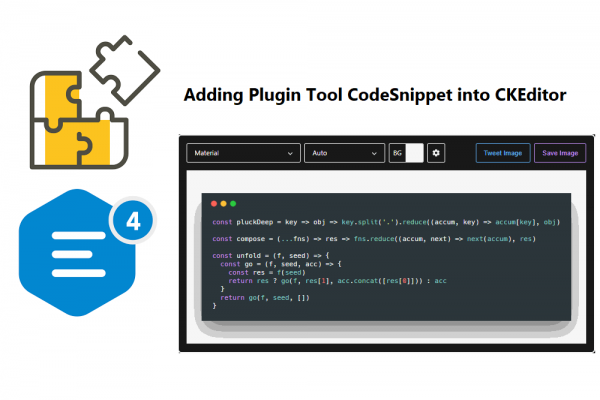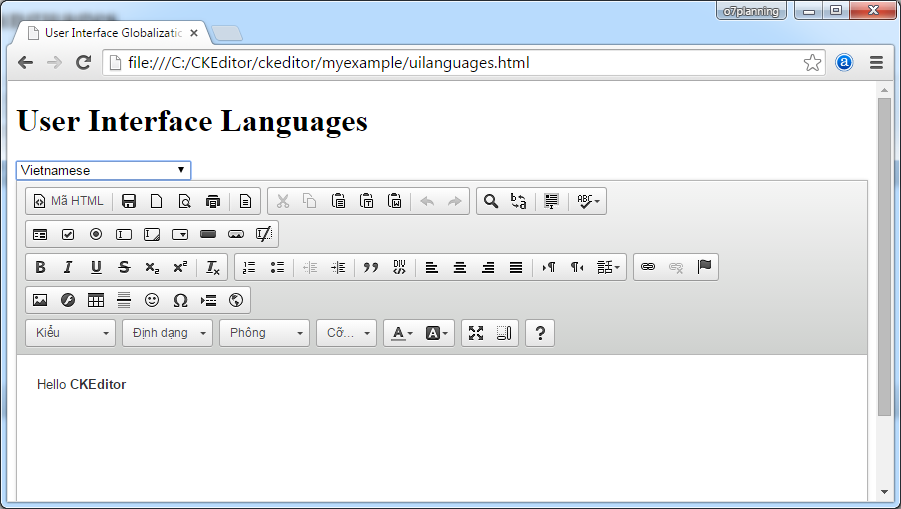

Since django-ckeditor 4.4.6, those views are decorated using If you want a different permission decorator ( login_required, user_passes_test etc.) then add views defined in ckeditor.urls manually to your urls.py.Īdd a CKEDITOR_CONFIGS setting to the project’s settings.py file. Note that by adding those URLs you add views that can upload and browse through uploaded images. There are issues using S3Storage from django-storages.įor the default filesystem storage configuration, MEDIA_ROOT and MEDIA_URL must be set correctly for the media files to work (like those uploaded by the ckeditor widget).Īdd CKEditor URL include to your project’s urls.py file: path('ckeditor/', include('ckeditor_uploader.urls')),
CKEDITOR IMAGES GENERATOR
If you want to be able to have control over filename generation, you have to add a custom filename generator to your settings: # utils.pyĬKEDITOR_FILENAME_GENERATOR = 'utils.get_filename'ĬKEditor has been tested with django FileSystemStorage and S3BotoStorage. When using default file system storage, images will be uploaded to “uploads” folder in your MEDIA_ROOT and urls will be created against MEDIA_URL ( /media/uploads/image.jpg). It provides the following features when compared to two alternative image plugins, Enhanced Image and Easy Image: It allows for pixel-perfect alignment of images inside the editor content by setting horizontal and vertical whitespace. By default, Django uses the file system storage backend (it will use your MEDIA_ROOT and MEDIA_URL) and if you don’t use a different backend you have to have write permissions for the CKEDITOR_UPLOAD_PATH path within MEDIA_ROOT, i.e.: CKEDITOR_UPLOAD_PATH = "uploads/" The default Image plugin supports inserting images into the editor content. This setting specifies a relative path to your CKEditor media upload directory. Of course, you should adapt this snippet to your needs when usingĪdd ckeditor_uploader to your INSTALLED_APPS setting.Īdd a CKEDITOR_UPLOAD_PATH setting to the project’s settings.py file. Window.CKEDITOR_BASEPATH = '/my_static/ckeditor/ckeditor/'

The admin/change_form.html template with your own if you really need to do This can be hardcoded in settings, i.e.: CKEDITOR_BASEPATH = "/my_static/ckeditor/ckeditor/" django-ckeditor is quite good at automaticallyĭetecting the correct place even then, but sometimes you have to hardcodeĬKEDITOR_BASEPATH somewhere. The time, for example when using ManifestStaticFilesStorage, any asset and defaults to static/ckeditor/ckeditor/. The location is determined in the ckeditor-init.js See Django’s documentation on managing static files for more info.ĬKEditor needs to know where its assets are located because it loads them This will copy static CKEditor required media resources into the directory given by the STATIC_ROOT setting.
CKEDITOR IMAGES CODE
Our documentation will provide you with every step and snippet of code your development team needs to integrate. Flexibly configured templates with many variations let you customize your gallery as you want. For the daring, you can design your very own CKEditor 5 plugin and insert it into your customizable UI. Simple uploading and inserting images as a gallery into a CKEditor document. Run the collectstatic management command: $. CKEditor 5’s framework allows you to tweak and twiddle the editor’s features to get the results you want.

CKEDITOR IMAGES INSTALL
pip install django-ckeditorĪdd ckeditor to your INSTALLED_APPS setting. Install or add django-ckeditor to your python path. Required for using widget with file upload The Clipboard plugin which is included in every preset implements custom input content handling, which means that the editor will handle pasted and since version 4.5 dropped content. Included all ckeditor language and plugin files to make everyone happy! ( only the plugins maintained by the ckeditor develops team ) One of the CKEditor 4 features is that it takes care over the input data you paste or drop into the editor. Support to django-storages (works with S3) Read more in the installation guide.Provides a RichTextField, RichTextUploadingField, CKEditorWidget and CKEditorUploadingWidget utilizing CKEditor with image uploading and browsing support included. To enable it, you need to load the LinkImage plugin. The image linking feature is not enabled by default in any of the editor builds. An icon in top right corner of the image indicates the presence of a link.Īn example source code for block image would look similar to this one: Īn inline image code would look more like this: The image link can be added or edited via the image toolbar. Creating banners linking to other pages.Using images as thumbnails linking to an article or product page.Linking to a high-resolution version of an image.Here are some use cases where linking images can be useful: Visit the feature-rich editor example to see more in action. This demo only presents a limited set of features.


 0 kommentar(er)
0 kommentar(er)
